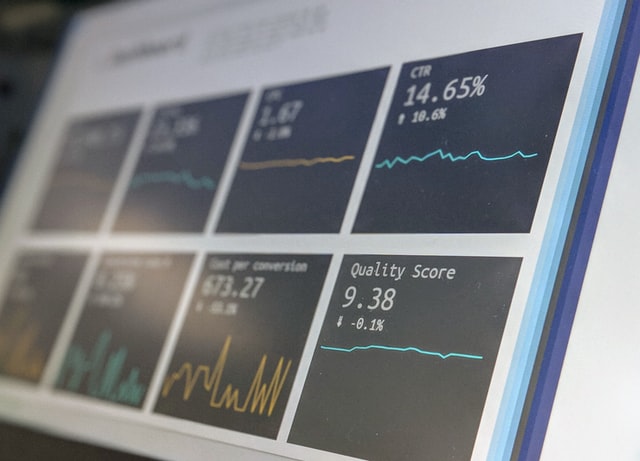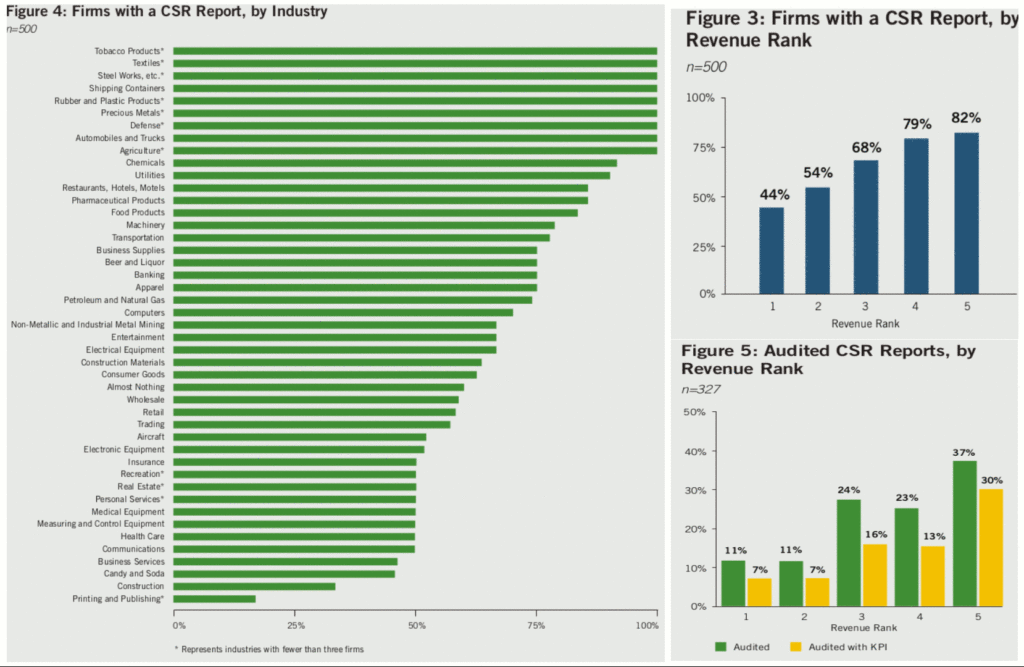
You can’t manage what you can’t measure.
Peter Drucker
This common sense platitude holds true for a lot of things:
Salary, punctuality in trains, inflation, Covid-19 infection rates and deaths. And – of course – any kind of sustainability/ESG data. At least in principle.
Energy reductions; Carbon, GHG and water footprint and impact data; fair representation of gender and ethnicities among the staff base; and of course investment, return on invest, pay back times.
Not all things are unfortunately equally easy to quantify.
Product quality is often approximated by looking at the ‘seconds’ ratio (i.e. products rejected after production for lack of quality); fabric efficiencies sometimes are approximated by looking at the ratio between input fabric and the output quantity; and reasons for staff churn assessed by looking at surveys on ‘staff happiness’.
Measuring alone can be complex enough.
Another equally interesting phenomenon are historic incentive systems – some of which are generally speaking still mainstream, others less so – and the impact they have on aspirations to deliver results.

Where sales targets – to take one, and possibly the most dominant example – are as good as always understood as ‘invitation to be exceeded’ (with financial and other bonuses resulting from overachievement), and cost ceilings are called ‘ceilings’ for a reason (with also direct consequences on some incentives and perks) the same does not hold true for ESG/sustainability related KPIs.
Even if – indeed rare enough – there are correct and appropriate intensives attached to them.
ESG/sustainability related KPIs are most of the time understood as ‘lowest required hurdle’. Or ‘best effort but OK to miss’ threshold.
They are rarely formulated as ‘invitation to be exceeded’, and I have yet to see an organisation where they are understood (academically, intellectually, financially) as ‘must absolutely not be missed but must be overachieved‘ attribute.
Why is that important?:
It is important because merely reaching the KPI is understood to be ‘good enough’ for ESG/Sustainability. Not reaching it would be unfortunate, but without further consequences.
In the case of sales budgets however, it would be understood as ‘just barely making the cut’, and not reaching it would be seen as underperforming. With consequences on career, and income.

Source: Li, Lu and Nassarl, 2021, pp. 7 to 9.
It is a fundamental difference in perception, in aspiration.
But mostly: in relevance and priority.
While lowering the carbon budget does not have the same benefits as underspending the expenses budget: why bother.
While underachieving the sales budget does not have the same (negative) consequences as lowera raise in staff churn, or overspending on water and energy consumption: why bother.
And while product margin is the CEO’s measure, while total-cost-of-product (including ‘externalities’) is no ones: Why bother.
There needs to be an update in companies’ attitudes and management approach.
Less so a change in heart, than one in how incentives, accountabilities, responsibilities, and consequences are managed. Read: implemented, expected, demanded, realised.
Such a change that preferably puts ESG/Sustainability KPIs at least at level with sales (aka ‘growth’) KPIs. In fact, atop the growth agenda would be scientifically more accurate and grounded.
Or where R&D lists sustainability as key ingredient number one – ahead of any other.
What you cannot measure you cannot manage indeed. That’s the WHAT.
But the HOW you manage is just as important. And that’s where we all are, more often than not, falling phenomenally short of getting the job actually done.

